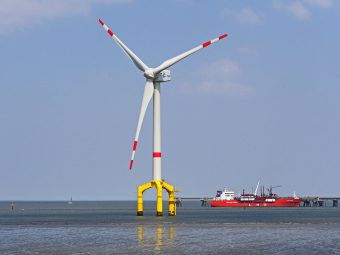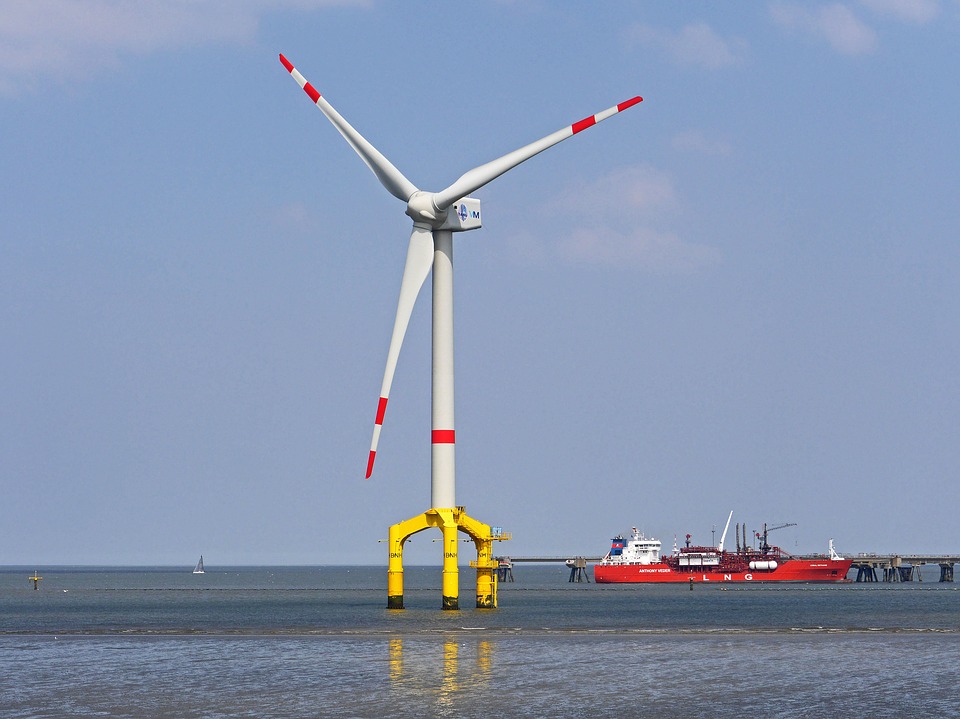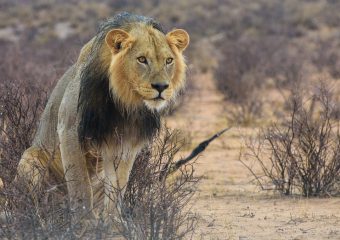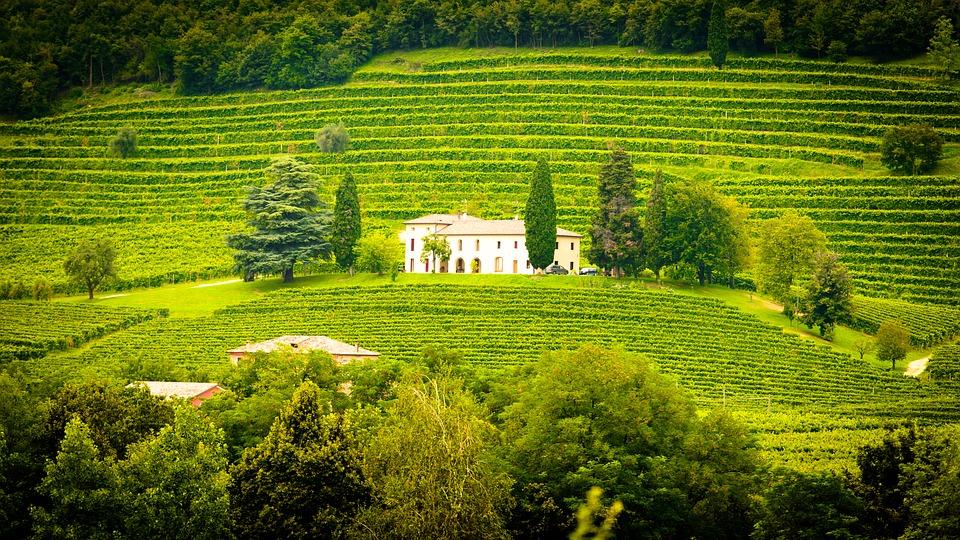
Offshore wind could provide a cost-effective and low carbon route to providing at least half of the UK’s future electricity demand.
That’s the verdict made in a new report commissioned by the Offshore Wind Industry Council (OWIC), which claims a long-term government strategy would enable private investment into the sector to continue, resulting in projects becoming largely subsidy-free in the 2020s.
The report suggests the UK’s offshore wind industry needs to seize the “huge export opportunity” available and argues it must be encouraged to innovate and create valuable intellectual property.
To achieve the growth required, it suggests businesses will have to commit to the sector and build a solid supply base to create lasting employment and export revenues.
The organisation warns placing UK manufacturing on a level playing field with foreign state-assisted competitors is likely to prove unsuccessful in the long term.
Co-Chair of the Offshore Wind Industry Council, Benj Sykes, said: “Industry and Government are finalising a Sector Deal which will set out how offshore wind can become the backbone of our energy system.”
“This review makes clear that an ambitious, long-term strategy is vital to bring forward new investment in our supply chains and secure export growth”, he concluded.
Source: Energy Live News

































